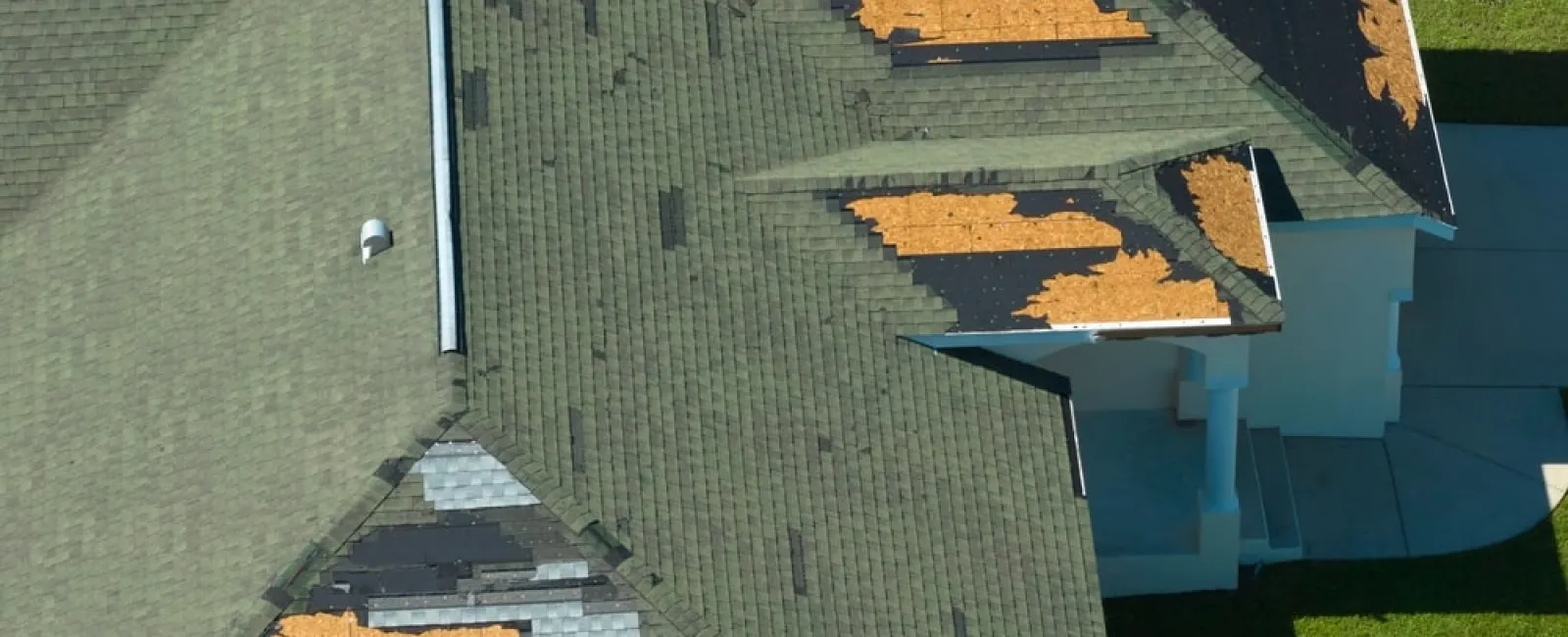High winds can cause serious damage to your roof, including leaks, missing shingles, and gutter damage. The corners and edges of your roof and the ridgeline are most prone to damage from strong winds. Here is how to recognize signs of wind damage to your roof.
Signs of Wind Damage to Roof
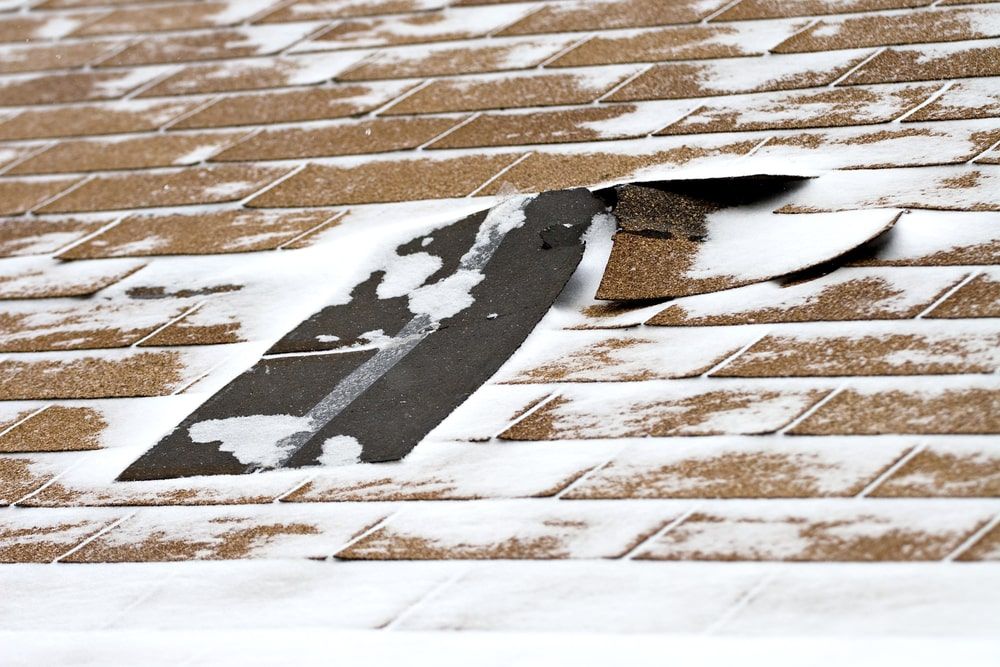
Signs of wind damage to a roof can vary depending on the severity of the wind and the type of roofing material. Here are some common signs to look out for:
Missing Roof Shingles
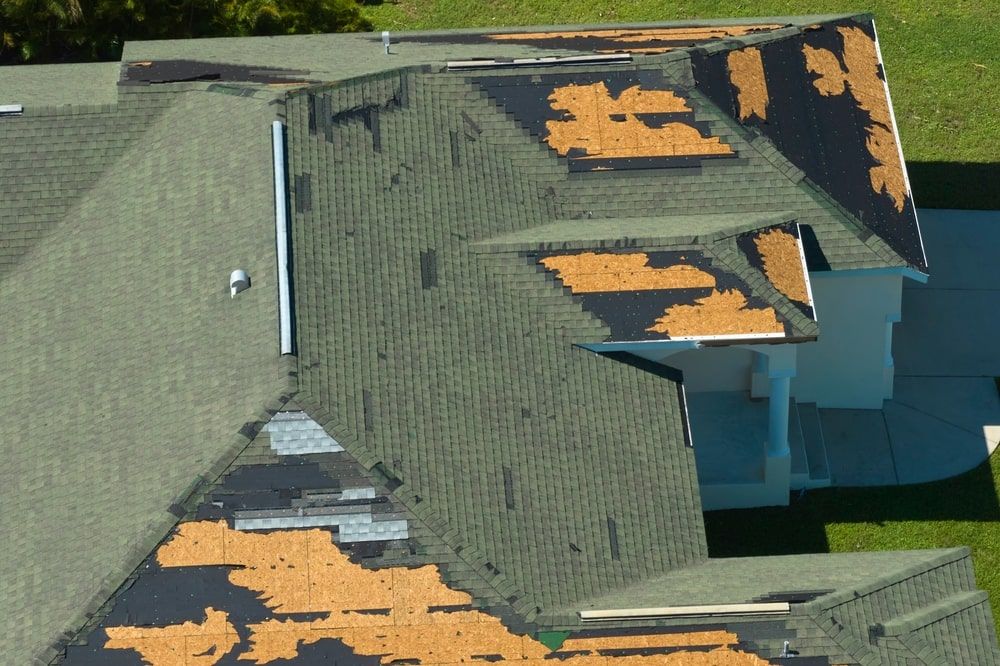
Strong wind can cause the shingles to lift or even tear off completely. Look for any missing or damages shingles on your roof.
Loose or exposed nails
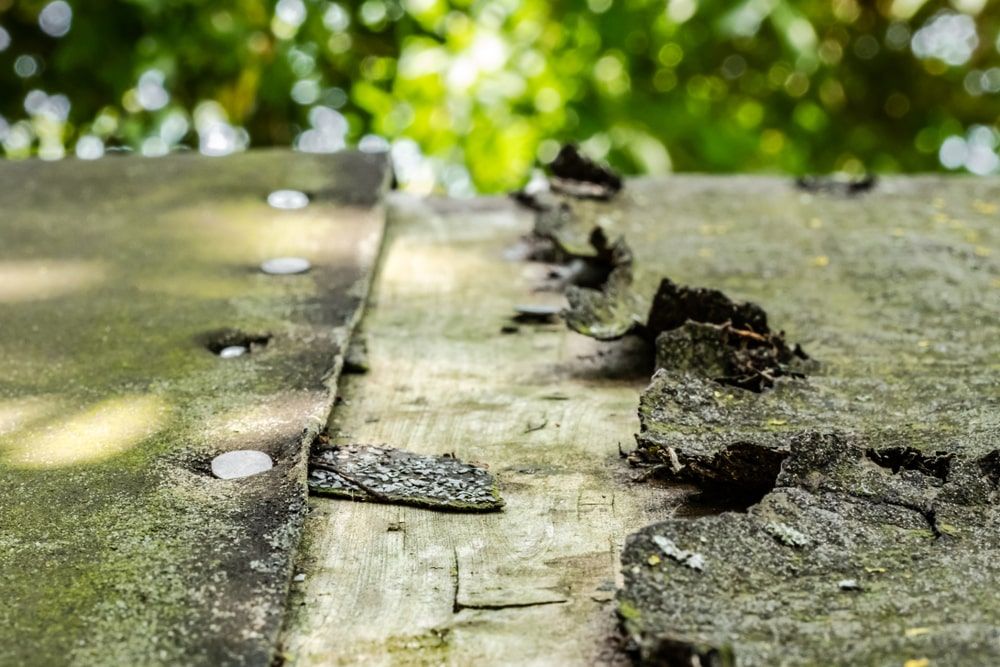
If you notice nails sticking out or shingles not secure, it could indicate wind damage.
Damaged roof flashing
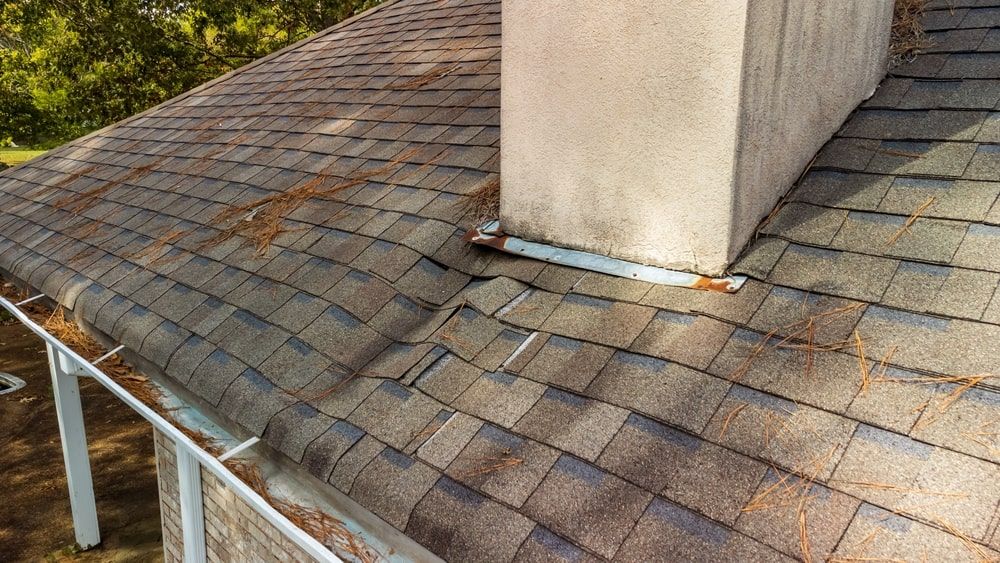
Strong wind gust can sometimes even lift roof flashing, meaning the metal material used to seal roof joints.
Water stains
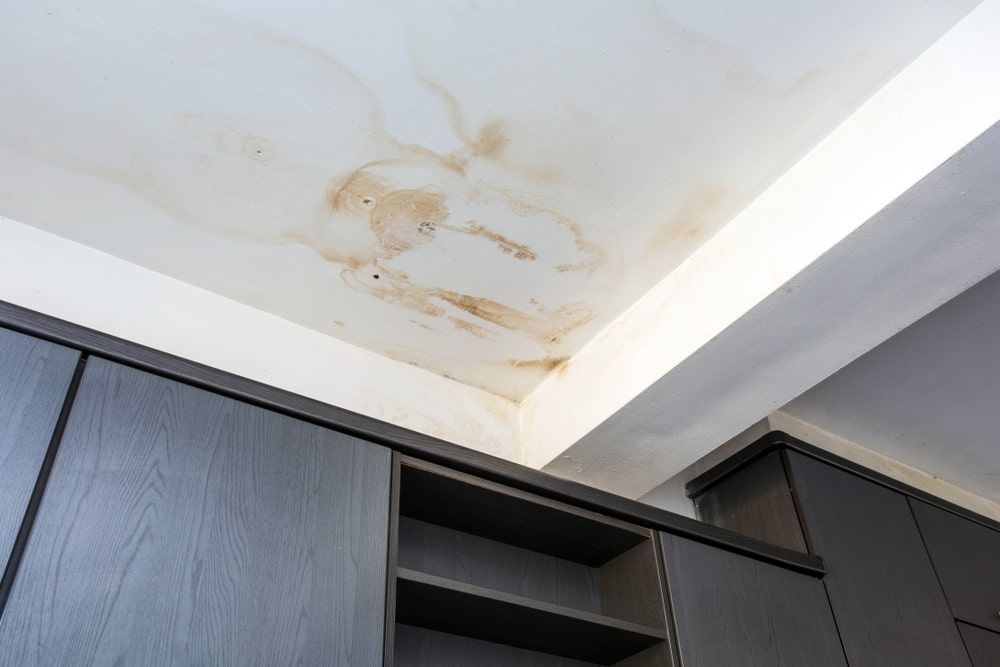
If you are already experiencing water damage to your home, chances are something is wrong with your roof. Check for any signs of water infiltration or stains on your roof.
Roof Debris
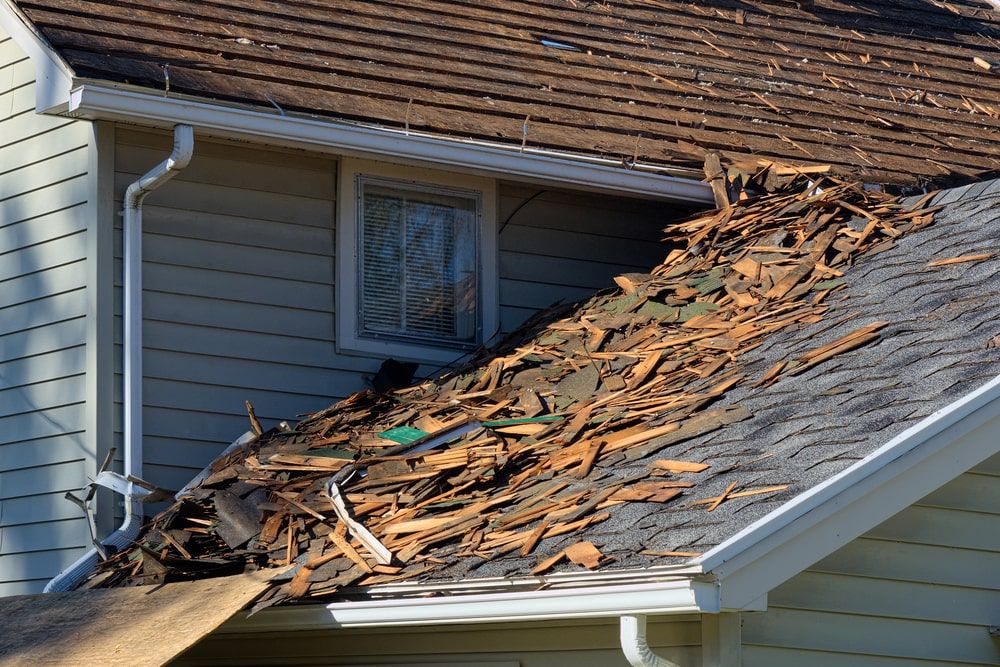
Falling branches and other debris might create a significant impact on your roof when knocked down by the wind. Check for marks, impacts, or scratches caused by the debris.
If you notice any of the above mentioned signs of wind damage to roof, you should contact a professional roofing contractor to assess the situation. A comprehensive roofing inspection can help you identify the extent of the damage and provide the appropriate roof repair. Some roofing contractors such as Northpoint Roofing even offer Free drone inspections!
Wind Damaged Shingles Aren't Always Obvious
Wind damaged shingles can occur when the force of the wind is strong enough to cause the factory-applied adhesive to fail. As the shingle lifts from the wind, more surface gets exposed to the environment, causing a greater uplift and damage. Continuous exposure to high winds can flip and crease, or even tear the shingle. Over time, when the wind force has been strong enough, the shingle sections break off and are then carried away. This is more common in parts of the roof that are exposed to high wind forces, such as eaves, hips, and ridges.
Any sealed-down roof shingle that feels the effects of wind damage should have evidence that the event occurred. When a shingle is not adhered, but isn't torn, missing, creased, or folded, it's not considered evidence of wind damage. You should make sure to contact a roofing company for a roof inspection following an extreme weather event. They will ensure that your roofing system is still in good shape and minor damages are spotted before they become larger issues.
Other Factors That Exacerbate Roof Damage
Shingle adhesives can fail even without strong winds. Wind can lift and remove shingles that were not adequately adhered. Some factors that can cause shingle adhesives to fail include:
- Manufacturing inconsistencies
- Improper installation
- Roof aging
- Thermal cycling.
If you have concerns about strong wind to your roofing system, Northpoint Roofing System is always happy to help. Give us a call today for your free drone inspection.

